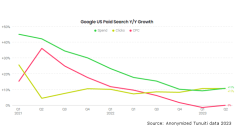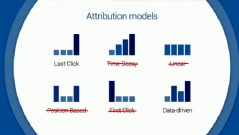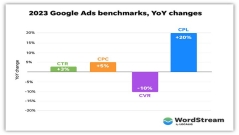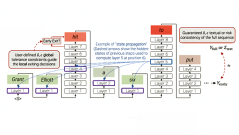Get ready for Google INP metric
Since the introduction of Core Web Vitals in 2020, Google has used First Input Delay (FID) - the length of time between a user first interacting with a page (like by clicking a link) and the time the page responds - as a measure of responsiveness. But by 2022, Google found FID to have limitations:
- FID only reports the responsiveness of the first time a user interacts with the page - which is not necessarily representative of all interactions occurring while the user is on the page. Because 90% of a user's visit to a page occurs after it loads.
- FID only measures the input delay portion of the first interaction, which is the amount of time the browser had to wait for the main thread to be avaiable to handle the interaction. It ignores processing time and presentation delay.
So Google developers began work on a new/improved metric as a candidate to replace FID.
The result is INP, scheduled to replace FID next March.
Here's Google's explanation of how INP works:
“INP assesses responsiveness using data from the Event Timing API. When an interaction causes a page to become unresponsive, that is a poor user experience. INP observes the latency of all interactions a user has made with the page, and reports a single value which all (or nearly all) interactions were below. A low INP means the page was consistently able to respond quickly to all—or the vast majority—of user interactions.”
For the purpose of measuring INP, Google considers these types of interactions:
- Mouse clicks
- Touchscreen taps
- Key presses
And thee are 3 sub-metrics that figure into INP:
- Input delay following an interaction (like FID, only not just the first one)
- Processing time - time for code to run in response to an interaction
- Presentation delay while browser figures out where to put new content
What constitutes Good/OK/Bad INP scores is necessarily somewhat arbitrary. But Google has settled on:
- Good - under 200 ms
- Needs Improvement - 200-500 ms
- Poor - over 500 ms
Unless you have enough data to be able to use the Chrome UX Report, your best bet for measuring the INP of your pages is to run the Google Pagespeed Insights tool on every important page.
FYI, I just ran Pagespeed Insights on my home page and was told that I could reduce loading time by 0.95 second by reducing unused Javascript. (That's a common recommendation.)
How are your Pagespeed Insights scores?

 - David
- David








Comments on Get ready for Google INP metric